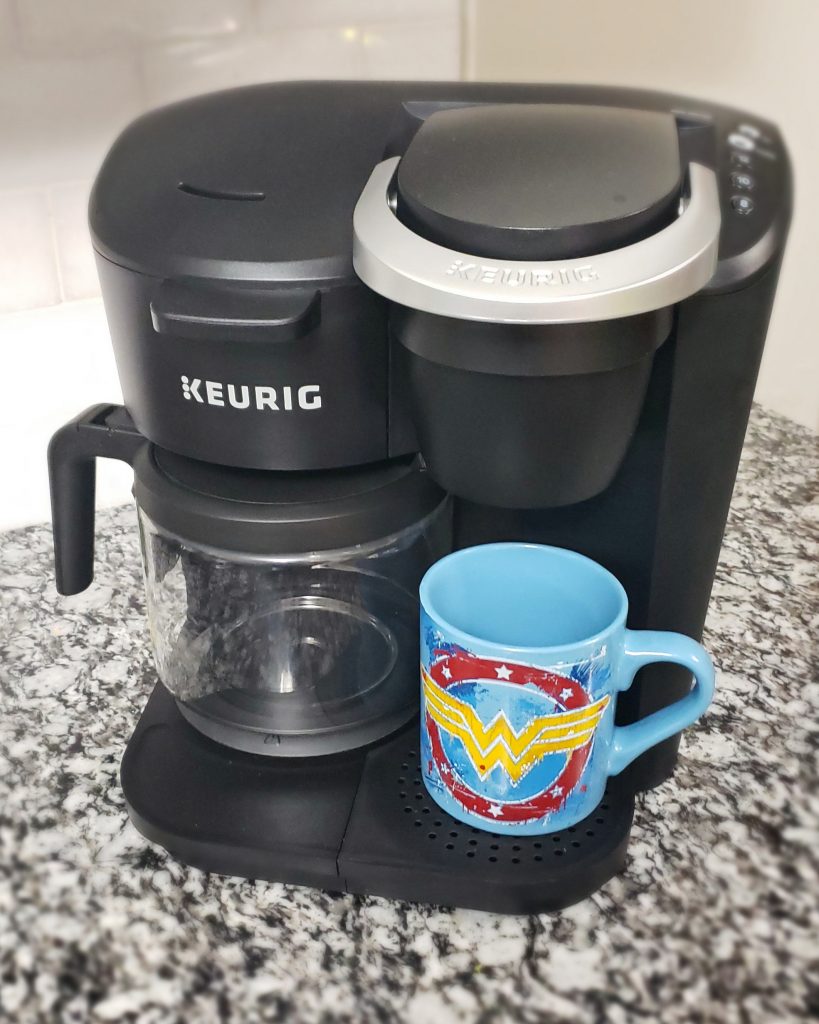

How do I clean my Keurig with white vinegar? You Keurig should be spic-and-span for your morning coffee. As the final step, leave an empty mug underneath the funnel, in case water leaks out. Per the Keurig manufacturing instructions, it takes about a dozen cycles to full flush out the chemicals so they don’t end up in your cup of coffee. Then, rinse out the reservoir once again with fresh water by starting another brew cycle sans coffee. Once you’re finished, let the machine sit for about a 30 minutes so that the solution can soak the inner parts. Repeat this process until the reservoir is empty, dumping the solution from mug to sink as you go. But there are plenty of things you can do to tackle scale buildup using household products like white vinegar and distilled water. The simplest no-fuss solution is to invest in a Keurig descaling solution and maintenance kit, available on Amazon. Think of cleaning a Keurig in three parts: Wiping down the exterior, rinsing out clogs and buildup, and descaling to get rid of calcium deposits. Here, a step-by-step guide to a clean machine so you have a perfect cup of coffee every time. The good news: Your Keurig is a cinch to maintain, especially if you set a regular reminder to descale the single-serve coffee maker.
#Descaling keurig duo how to
That said, learning how to clean a Keurig doesn’t have to sap all of your energy-after all, a coffee machine shouldn’t drain you. What’s more, hard water increases mineral deposits that can cause your Keurig mechanisms to glitch. The water reservoir can get icky if left unattended for too long, and the drip tray beneath the coffee cup doesn’t just collect water-it’s also a bath for bacteria and sludgy grime. The pod holder for the K-Cup is a damp and dark place. Even if you think your kitchen appliance is working just fine, it still needs to be routinely cleaned and disinfected to run smoothly-no matter if it’s a Keurig K-Mini Single Serve coffee maker or a K-Elite with a five-cup water reservoir.


 0 kommentar(er)
0 kommentar(er)
